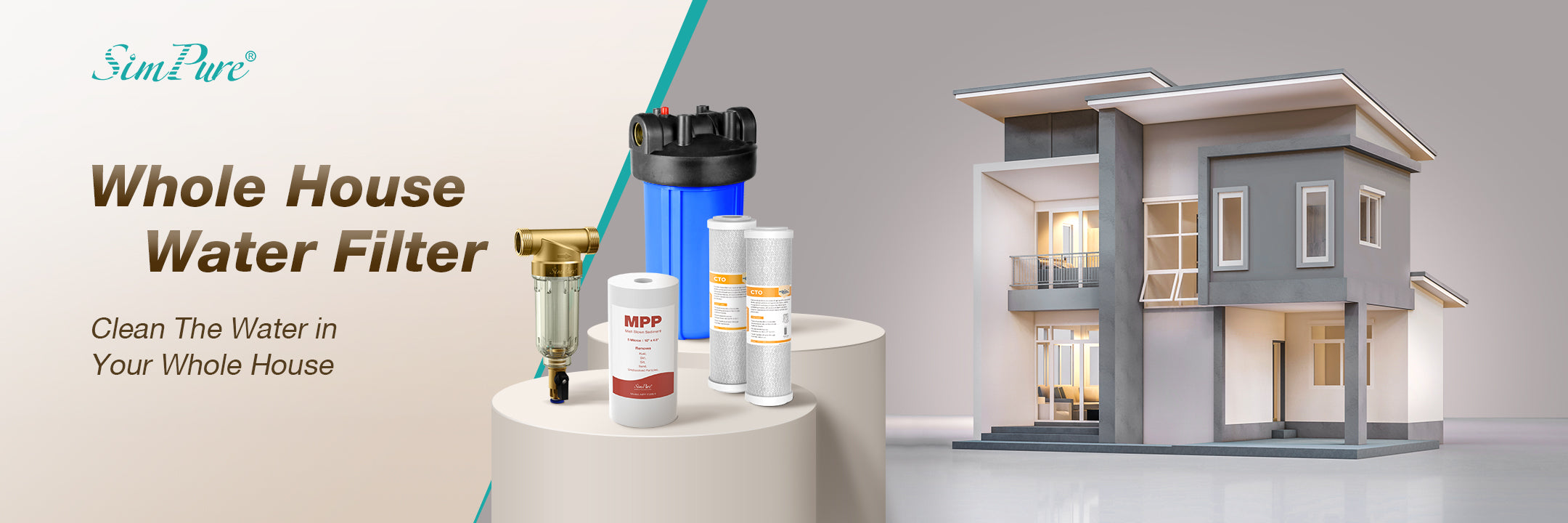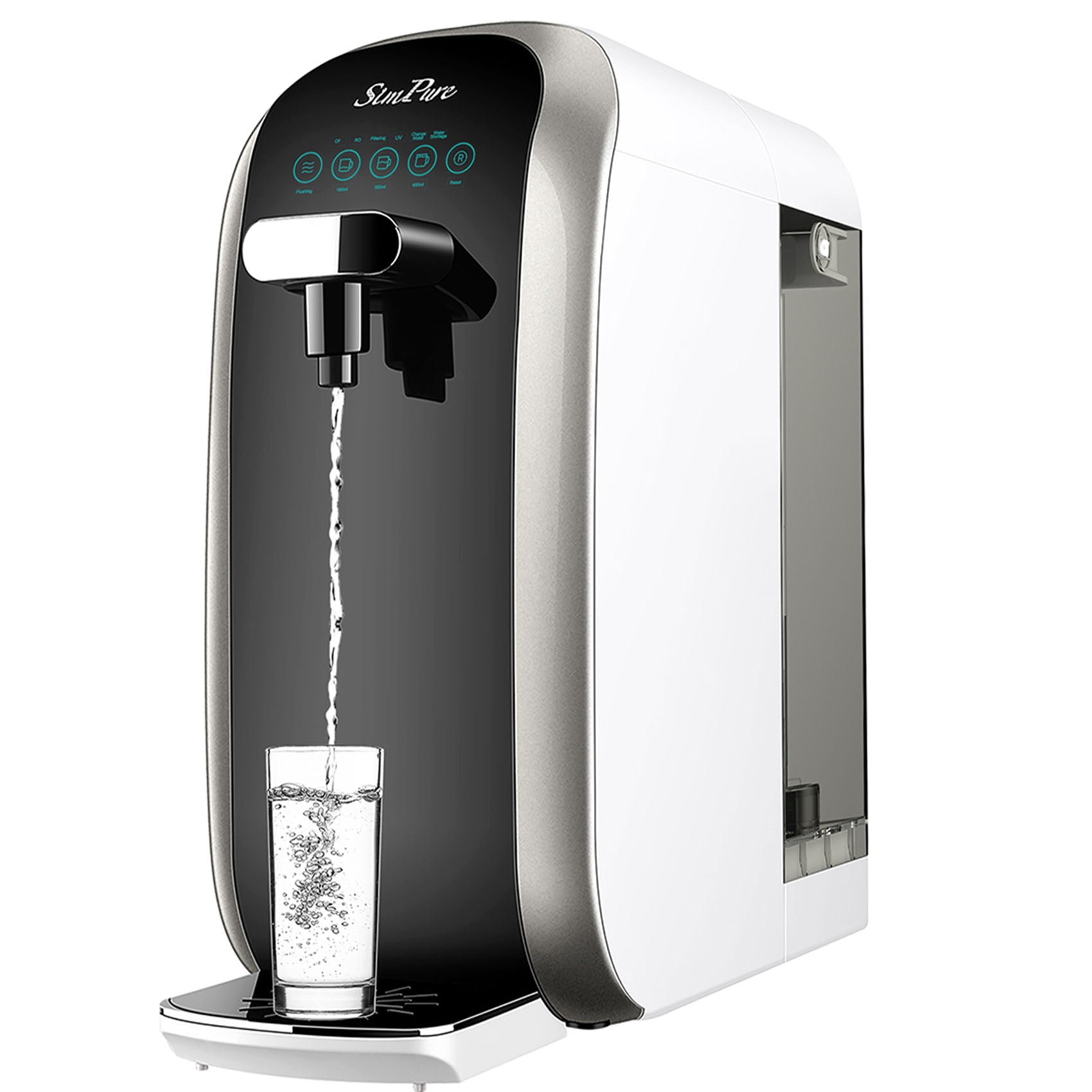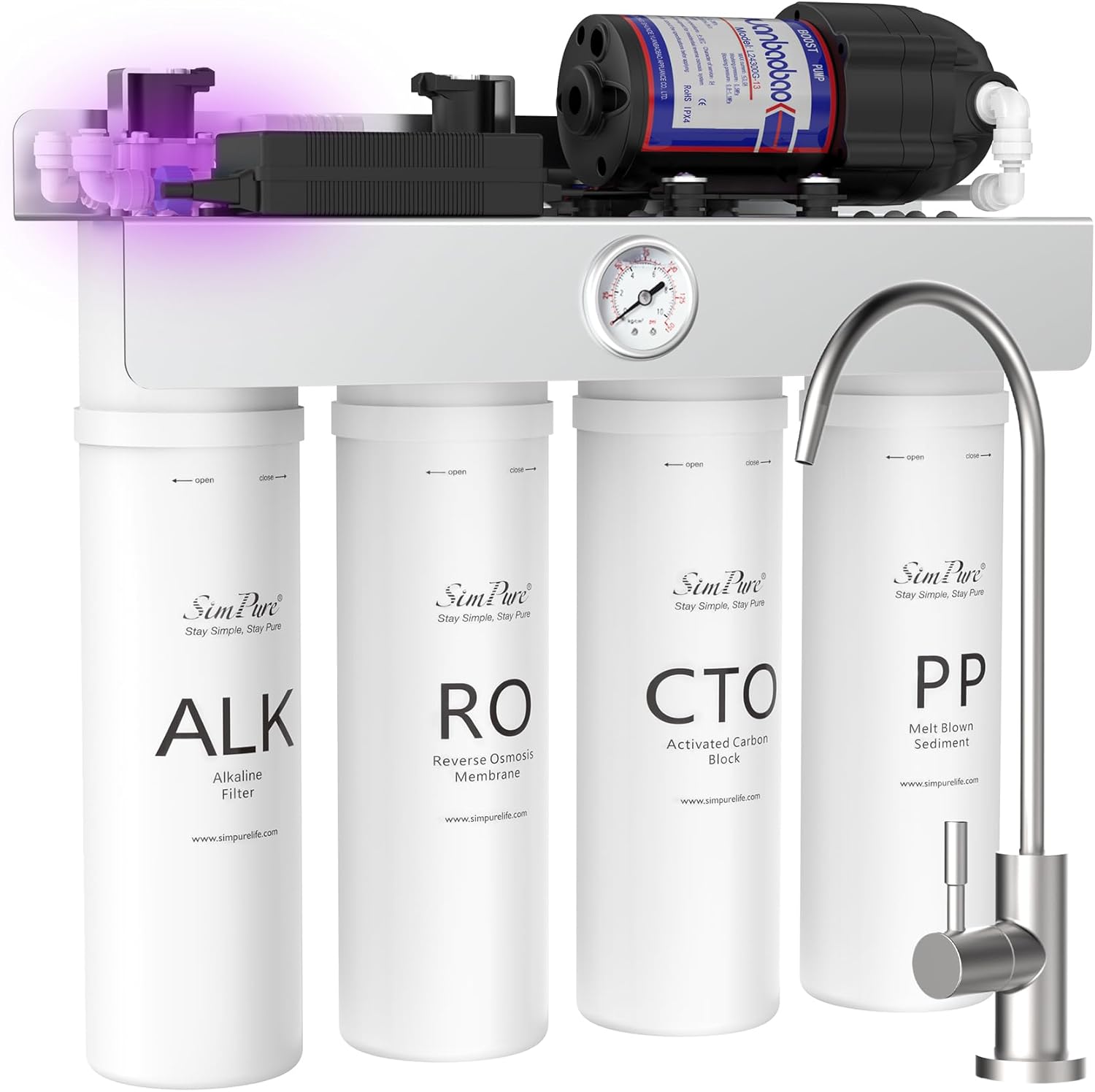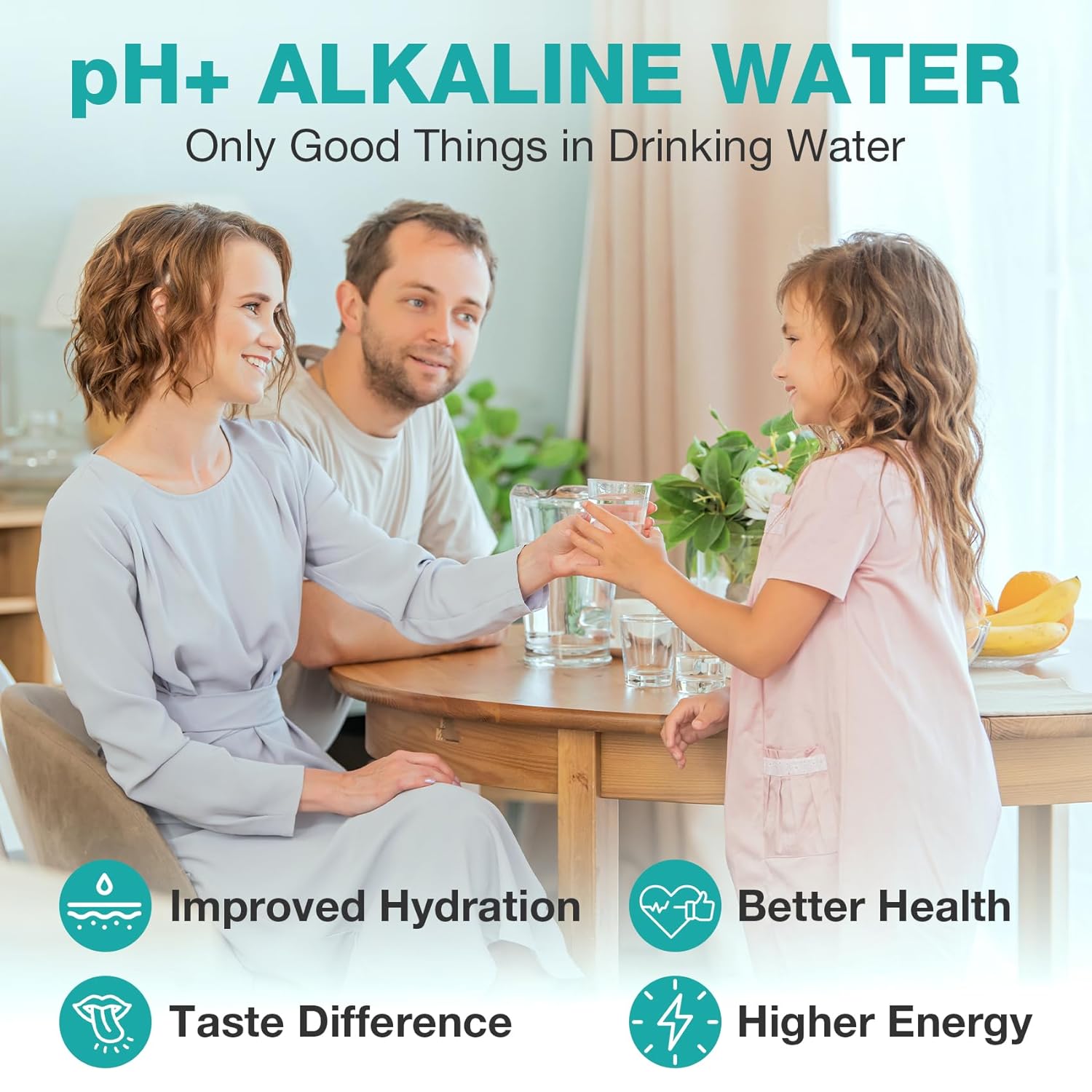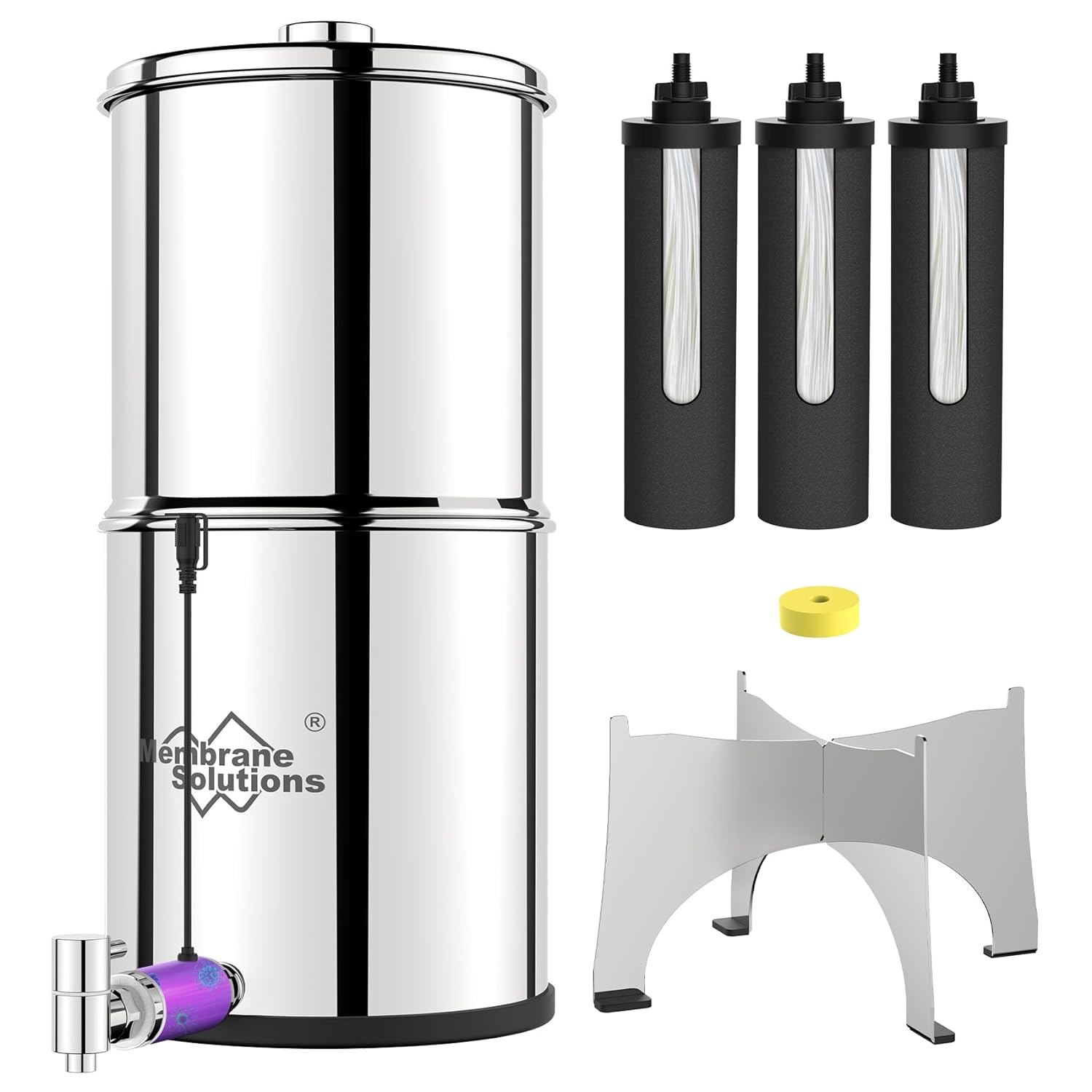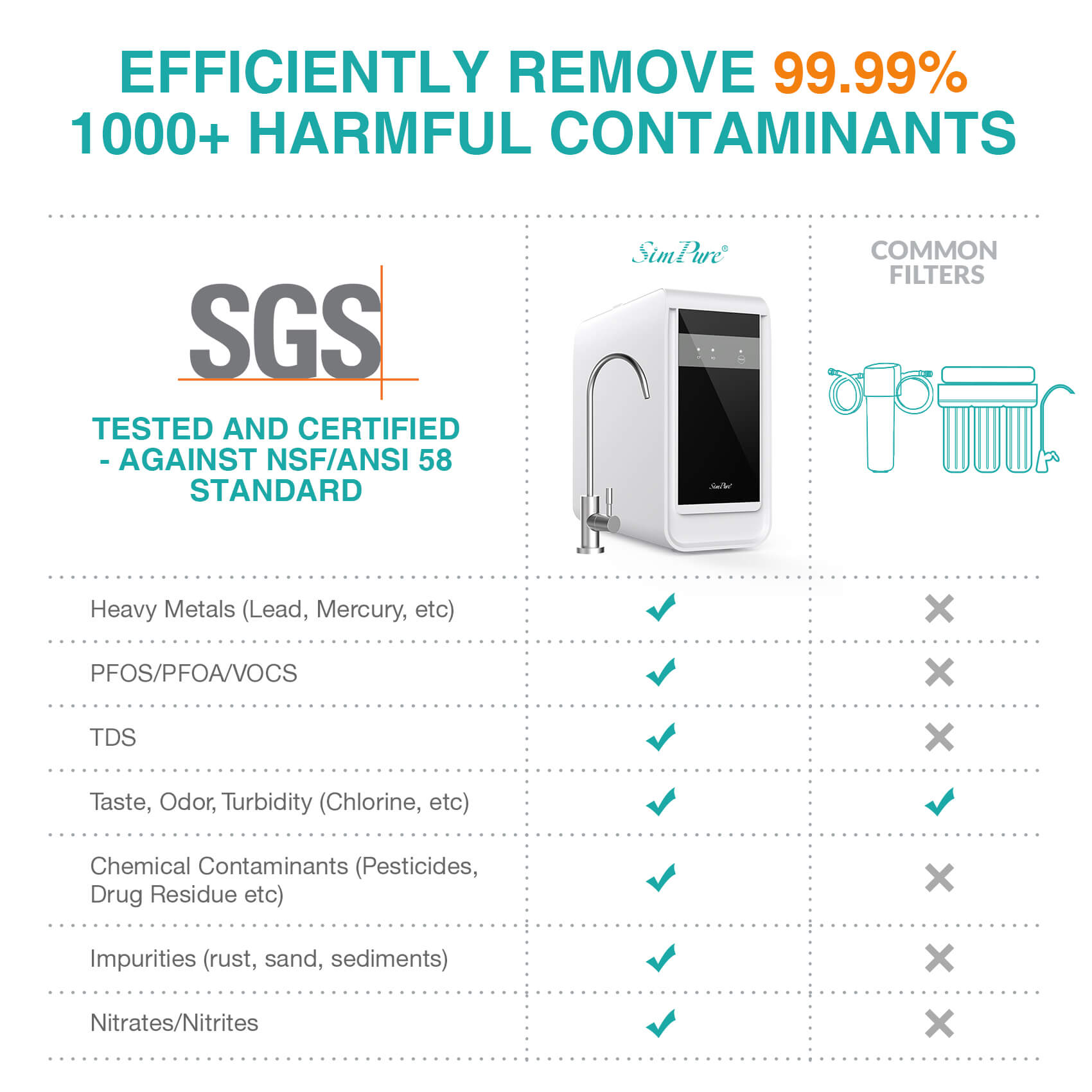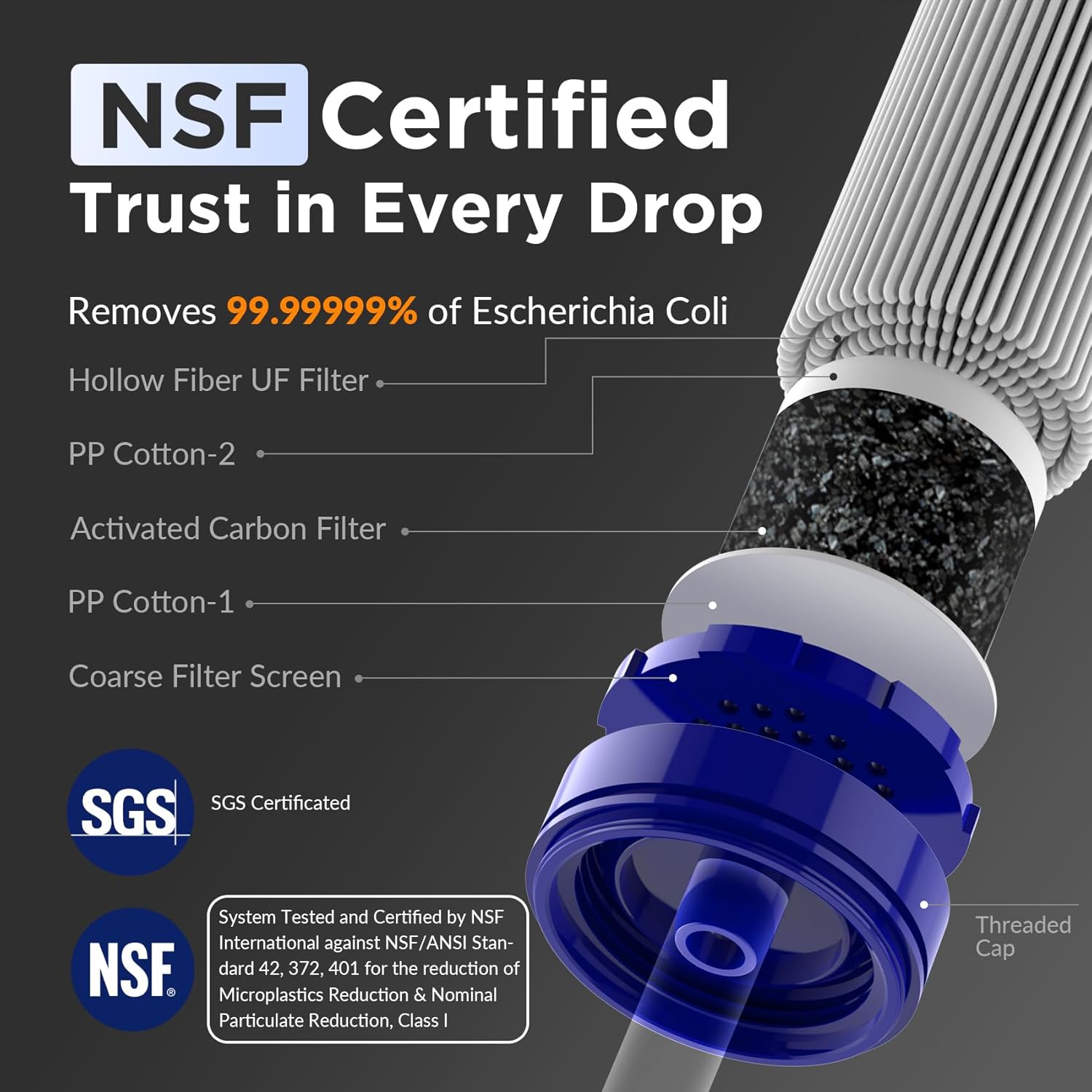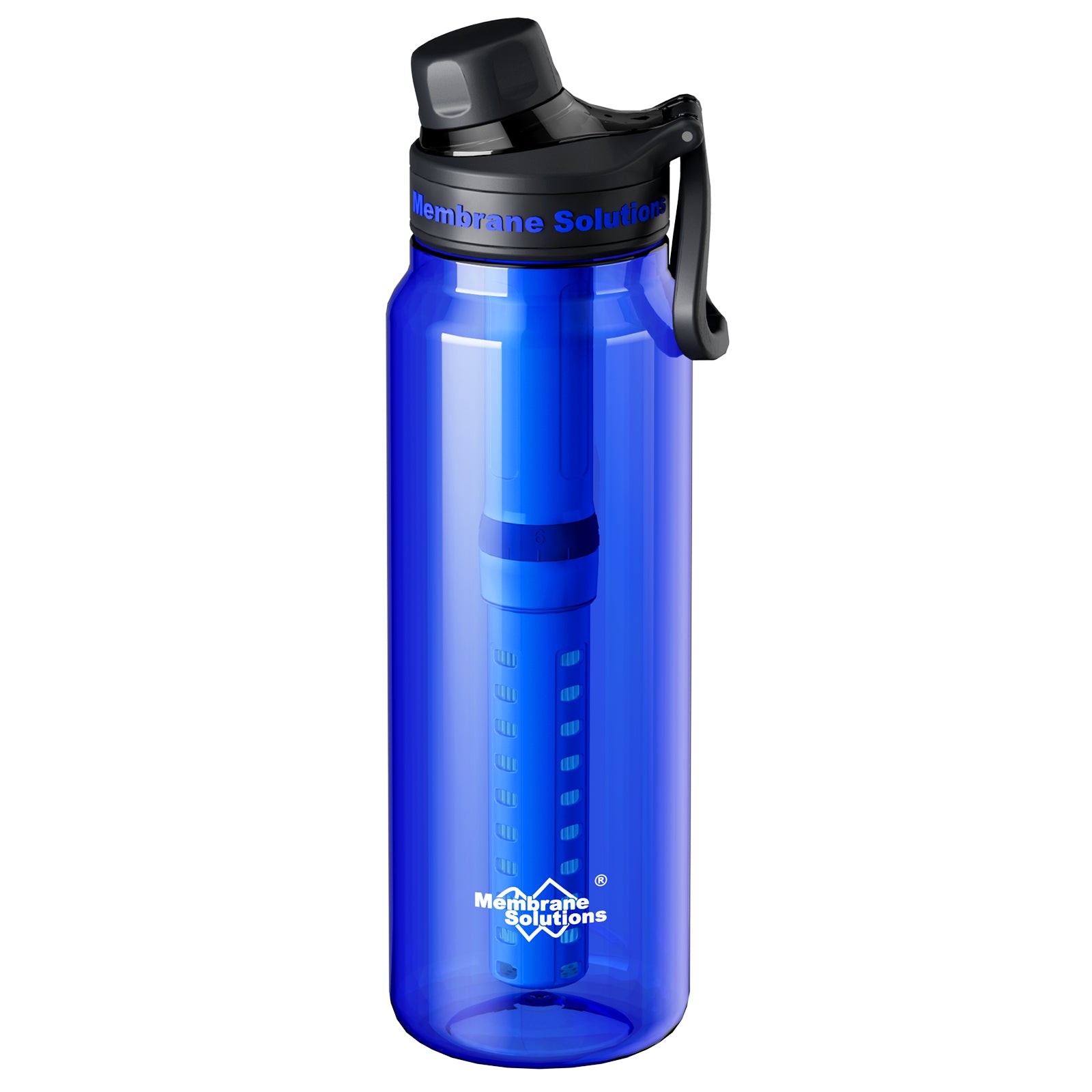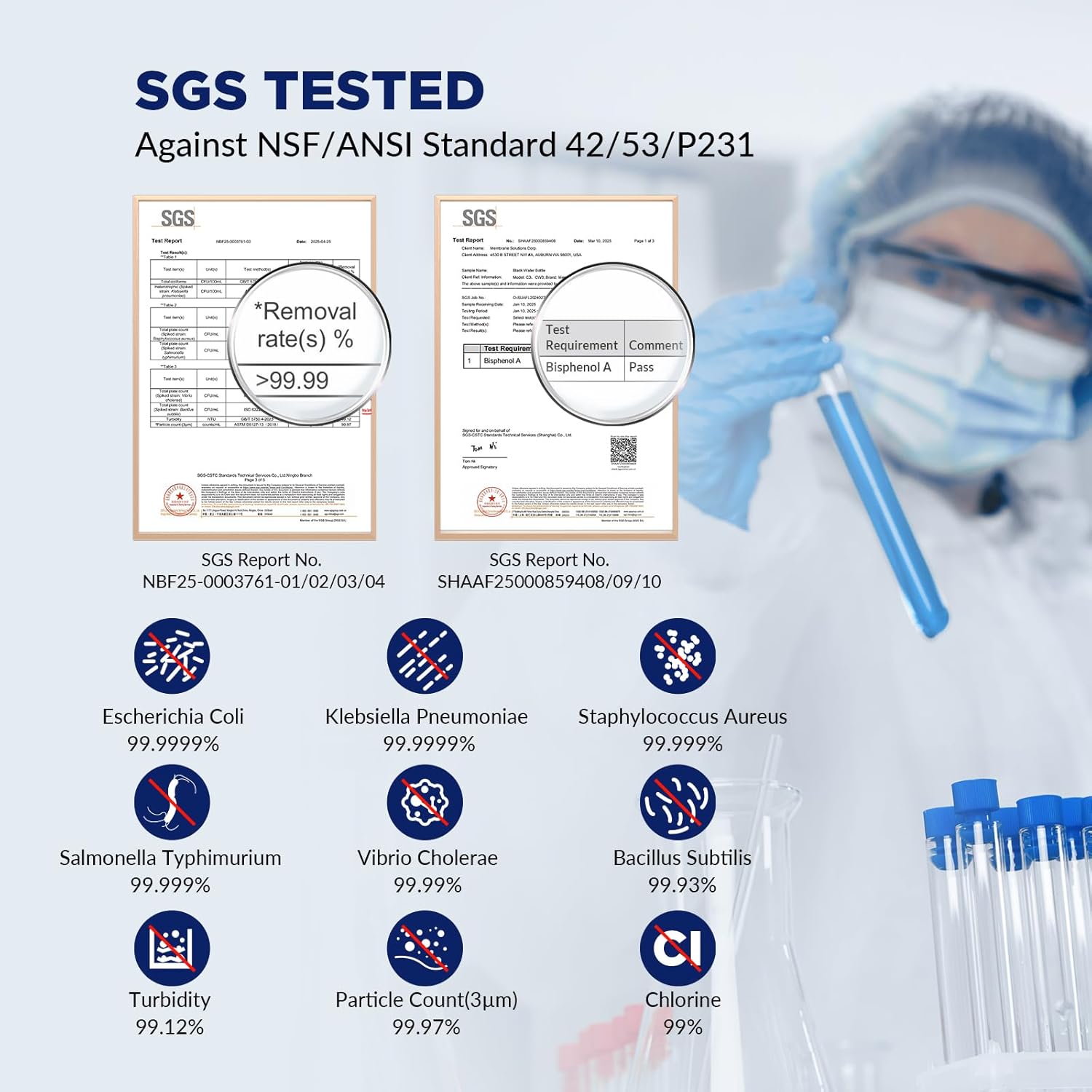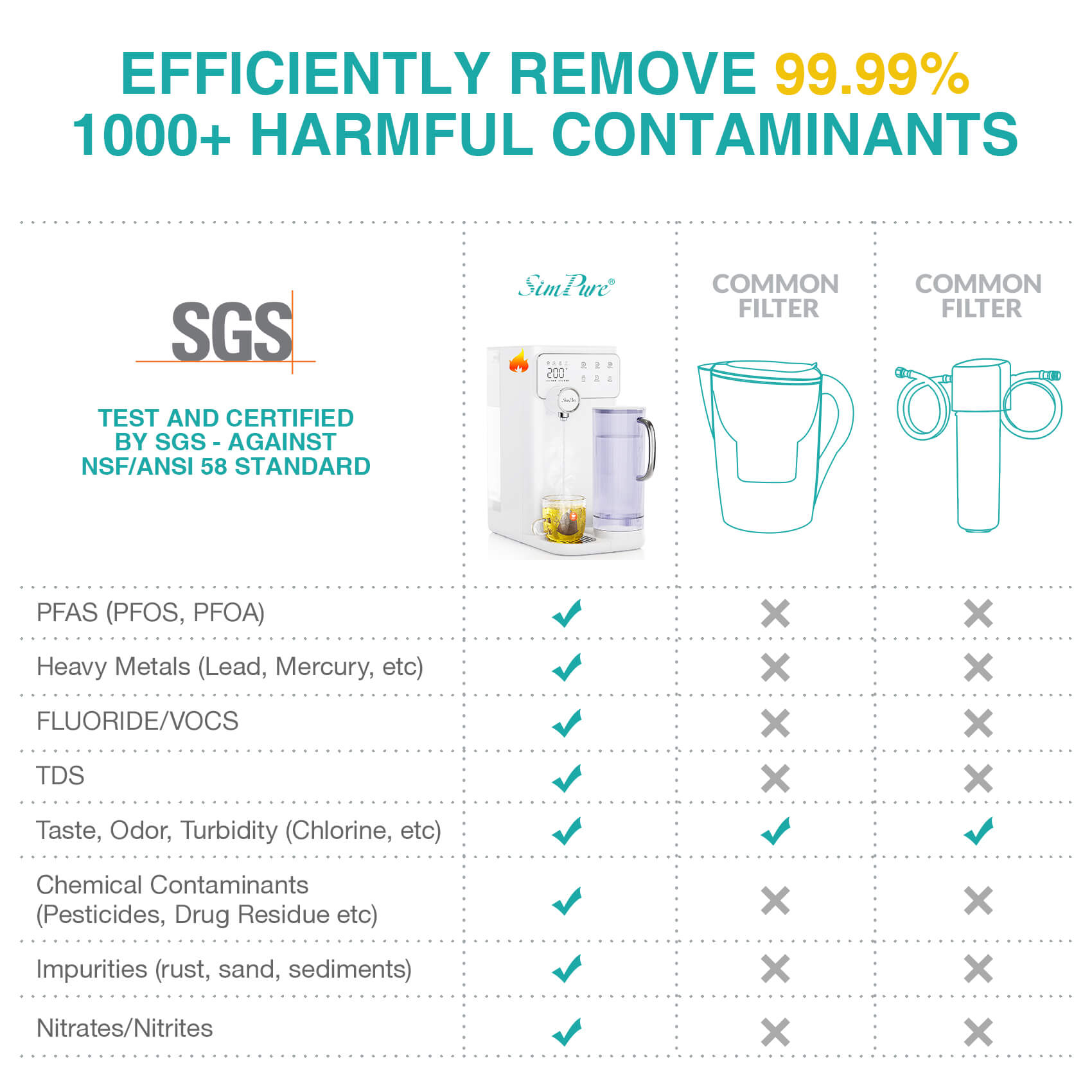When it comes to achieving the best water quality at home, the placement of water filters and softeners is a critical consideration. Many people will ask, does water filter go before or after softener? The answer to whether a water filter should go before or after a softener varies depending on the type of filter in use. In this comprehensive guide, we will explore the placement options for sediment filters, activated carbon filters, RO systems, UV filters, whole-house filters, and point-of-use filters. By understanding how each filter type interacts with water softeners, you can make informed decisions to ensure pristine water throughout your home.
Table of Contents
1. Sediment Filters: Before Softener for Protection
Sediment filters serve as the initial line of defense against larger particles like sand and debris. They prevent these contaminants from entering your plumbing system, ensuring cleaner water. For optimal performance, place sediment filters before the water softener. This setup ensures that the softener isn't burdened with sediment, allowing it to focus on addressing water hardness effectively. By positioning sediment filters ahead of the softener, you safeguard the softener's components from potential damage caused by debris, prolonging its lifespan and efficiency.
2. Activated Carbon Filters: After Softener for Purity
Activated carbon filters are highly effective at eliminating unwanted elements like chlorine and odors from your water supply. Should a carbon filter be installed before or after water softener? For optimal results, it's advisable to install activated carbon filters after your water softener. Water softeners primarily target mineral-based hardness, such as calcium and magnesium. Placing activated carbon filters after softening ensures that these minerals are addressed first, reducing the likelihood of scaling within the filter. This arrangement guarantees the most efficient performance and longevity for both systems, while also providing you with great-tasting, odor-free water.
3. RO Systems: After Softener for Ultimate Filtration
Reverse Osmosis (RO) systems employ a semi-permeable membrane to remove impurities from water, including minerals, contaminants, and dissolved solids. These systems excel in enhancing water quality. To optimize their performance, it's generally recommended to position RO systems after other filtration and softening stages. Why? RO systems work best with relatively clean water, as contaminants can prematurely wear down the membrane. Placing them downstream allows earlier filters and softeners to remove larger particles, sediments, and hardness, thus extending the lifespan of the RO membrane and ensuring the highest quality water output.
4. UV Filters: After Softener for Added Safety
UV filters are vital for water disinfection, which you can find the UV filter used at the end of filtration of SimPure Y7P countertop RO water filter dispenser. They use ultraviolet light to destroy harmful microorganisms, ensuring safe drinking water. To optimize their performance, UV filters are typically placed after water softeners. This ensures that water is pre-conditioned, free from hardness-causing minerals and sediment. UV treatment works best when the water is clear and free of any particles that could shield pathogens from the UV light. By positioning UV filters after water softeners, you not only protect your softener but also guarantee the most effective disinfection, giving you water that's not only soft but also safe to drink.
5. Whole-House Filters: Specific Placement for Full Coverage
Whole-house filtration systems are comprehensive solutions for improving water quality throughout your entire home. These systems often feature multiple stages of filtration, including sediment, carbon, and other filters. When it comes to their placement in relation to water softeners, the best practice is to position the whole-house filters before the softener. This setup ensures that the initial stages remove impurities, preserving the integrity of your water softener. By maintaining this sequence, you not only enjoy superior water quality but also enhance the longevity and effectiveness of your softening system.
6. Point-of-Use Filters: After Softener for Customization
Point-of-use filters are convenient, localized filtration systems designed to enhance water quality at specific outlets. When combined with water softeners, they offer a comprehensive solution. To maximize their effectiveness, consider placing point-of-use filters after water softeners. This configuration ensures that water is first softened and then further purified, providing both reduced hardness and improved overall quality..
FAQs on Water Filter Placement with Water Softeners
1. Can You Use Water Softener and Filter Together?
Yes, you can use a water softener and a filter together. In fact, combining them can provide comprehensive water treatment. A common setup is to place the water softener before the filter to prevent scaling and then use the filter to remove specific contaminants, ensuring both soft and clean water.
2. In What Order Should Water Filters Be Installed?
The order in which water filters should be installed depends on your specific water treatment goals. Here are some general guidelines:
- Sediment Filters: Place these first to prevent larger particles from reaching other filters.
- Activated Carbon Filters: These work well after sediment filters to remove chemicals and improve taste.
- Reverse Osmosis (RO) Systems: Install them after other filters to ensure high-quality water.
- UV Filters: Position them at the end, as they require clear water for effective disinfection.
- Whole-House Filters: Typically, sediment filters precede other filtration stages.
- Point-of-Use Filters: Place them at specific taps or appliances based on your needs.
3. Should a Water Softener Go Before or After the Pressure Tank?
A water softener should be installed before the pressure tank in your plumbing system. Placing it before the tank ensures that hard water is treated before entering the tank, preventing mineral buildup inside. This configuration helps maintain the tank's efficiency and prolongs its lifespan.
In summary, the placement of water filters alongside water softeners isn't a one-size-fits-all solution. It's contingent on your specific water quality goals. Whether you're considering sediment, carbon, RO, UV, or whole-house filters, remember that the optimal setup varies. SimPure encourage you to evaluate your specific needs, consider the filter type, and consult professionals if necessary. By tailoring your water treatment system, you can enjoy the best water quality that suits your home and lifestyle.






